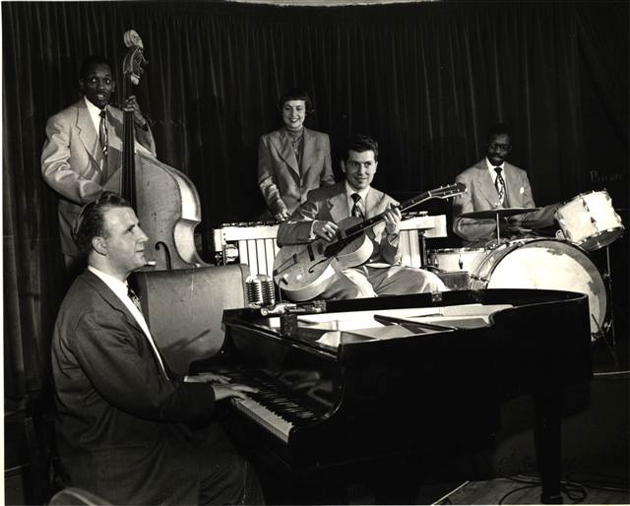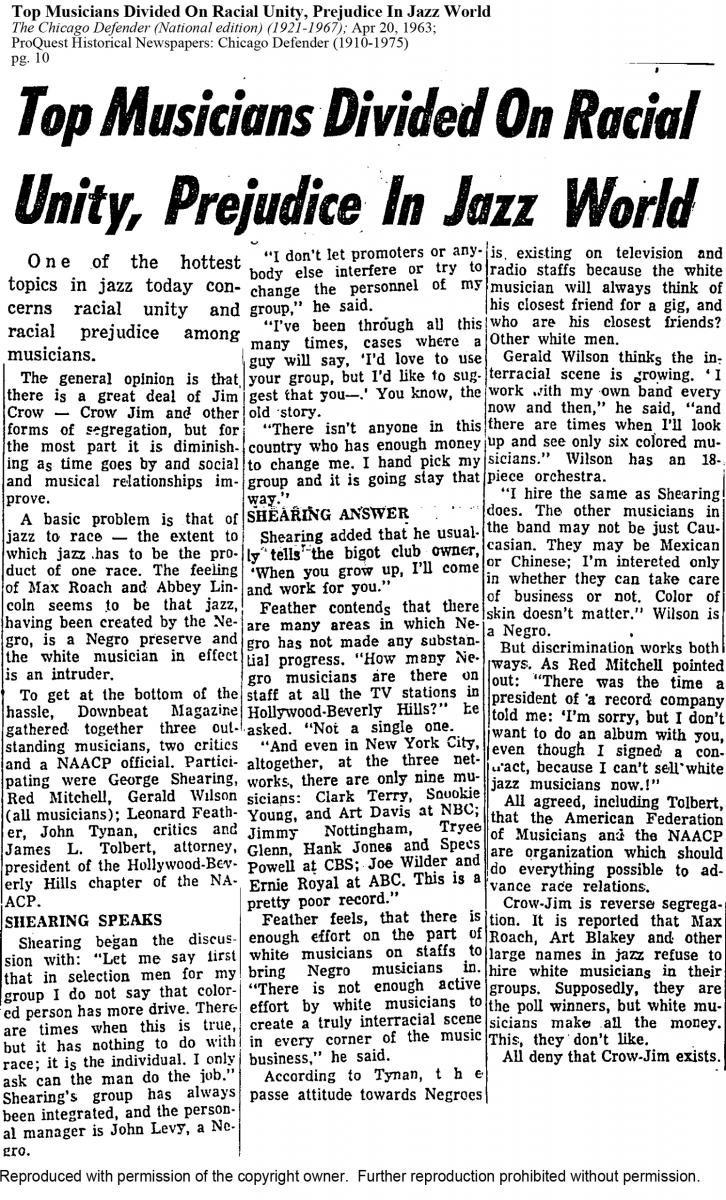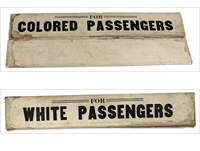
John Levy
This Oral History Activity was prepared and originally published by the National Museum of American History on their Smithsonian Jazz Education website.
Historical Context
Between the end of the Civil War in 1865 and the Civil Rights Movement’s achievements in the 1960s, many parts of the South had laws requiring that public places be racial segregated. Legislation known as Jim Crow laws separated people of color from whites in schools, housing, jobs, and public gathering places.
Overlapping with this period, from the early 1900s through the 1950s and 1960s, jazz music swelled in popularity. With its roots in African, Caribbean, and Latino musical traditions, jazz sat at the center of America’s cultural crossroads. African American and white Americans often found themselves integrated while listening to or performing jazz music and this shared cultural experience was sometimes a bridge to breaking down racial barriers
Instructions
These questions are based on the accompanying primary sources. They are designed to help you practice working with historical documents. Some of these documents have been edited, but all are authentic. As you analyze the documents, take into account the source of each document and any point of view that may be presented in the document.
Download the teacher guide for John Levy. (6 pages, PDF)
Download the student worksheet for John Levy. (2 pages, PDF)
Questions
- What early experiences helped to develop Levy’s interest in music?
- Cite one or more example of segregation in Levy’s life. What is the significance of the signs and how do you think Levy and other African Americans would have responded to seeing one of those signs?
- From Levy’s recorded words and at least one other source, in what ways did jazz cross racial lines? Cite one instance where Levy’s band pushed against the institution of segregation.

George Shearing Quintet
The band members pose in 1949. John Levy is pictured top left on bass. George Shearing is pictured bottom left on piano. Courtesy of Devra Hall Levy

Top Musicians Divided on Racial Unity, Prejudice in Jazz
The Chicago Defender (National edition) (1921-1967); Apr 20, 1963

Signs
Restrictive signs were displayed in many public places. They were constant and humiliating reminders with a common message—“stay in your place.”
Glossary
segregation— the separation or isolation of a race, class, or group (as by restriction to an area or by separate schools)
streetcar—a passenger vehicle that runs on rails and typically operates on city streets
sound check—preparation that takes place before a concert, speech, or similar performance to check the speakers, microphone, and stage
